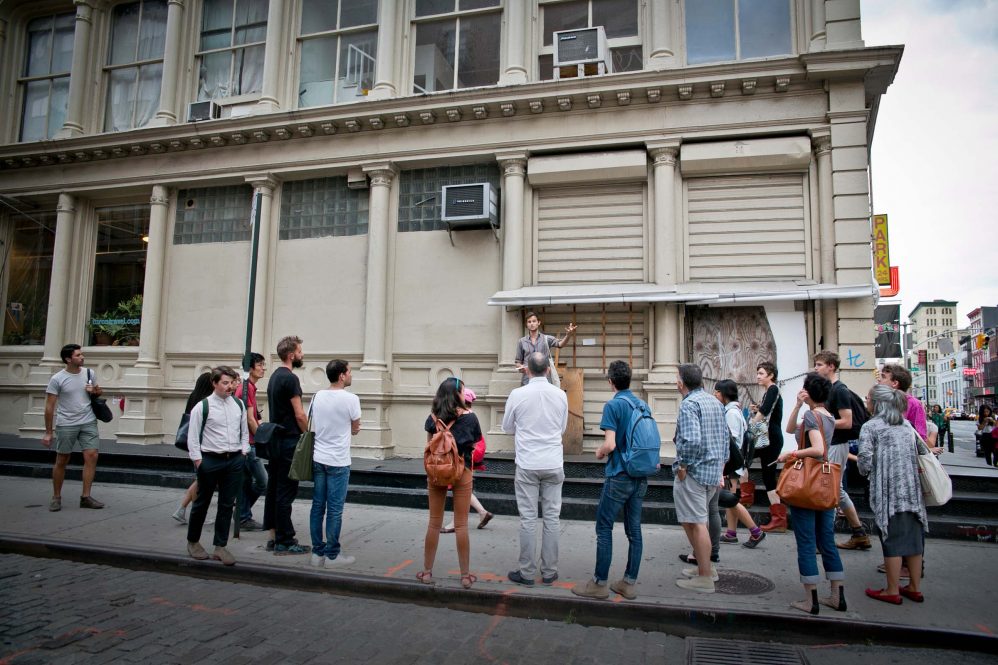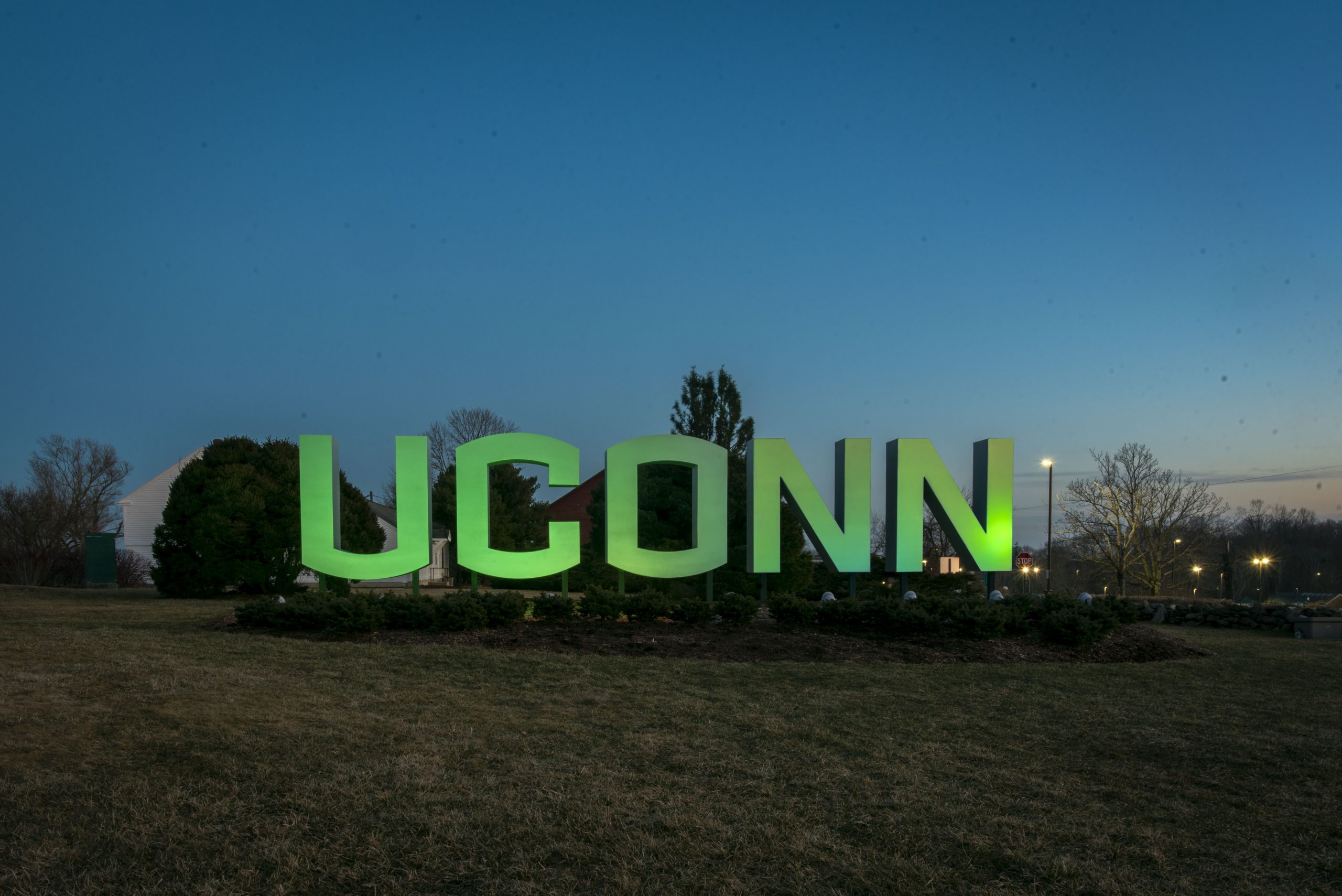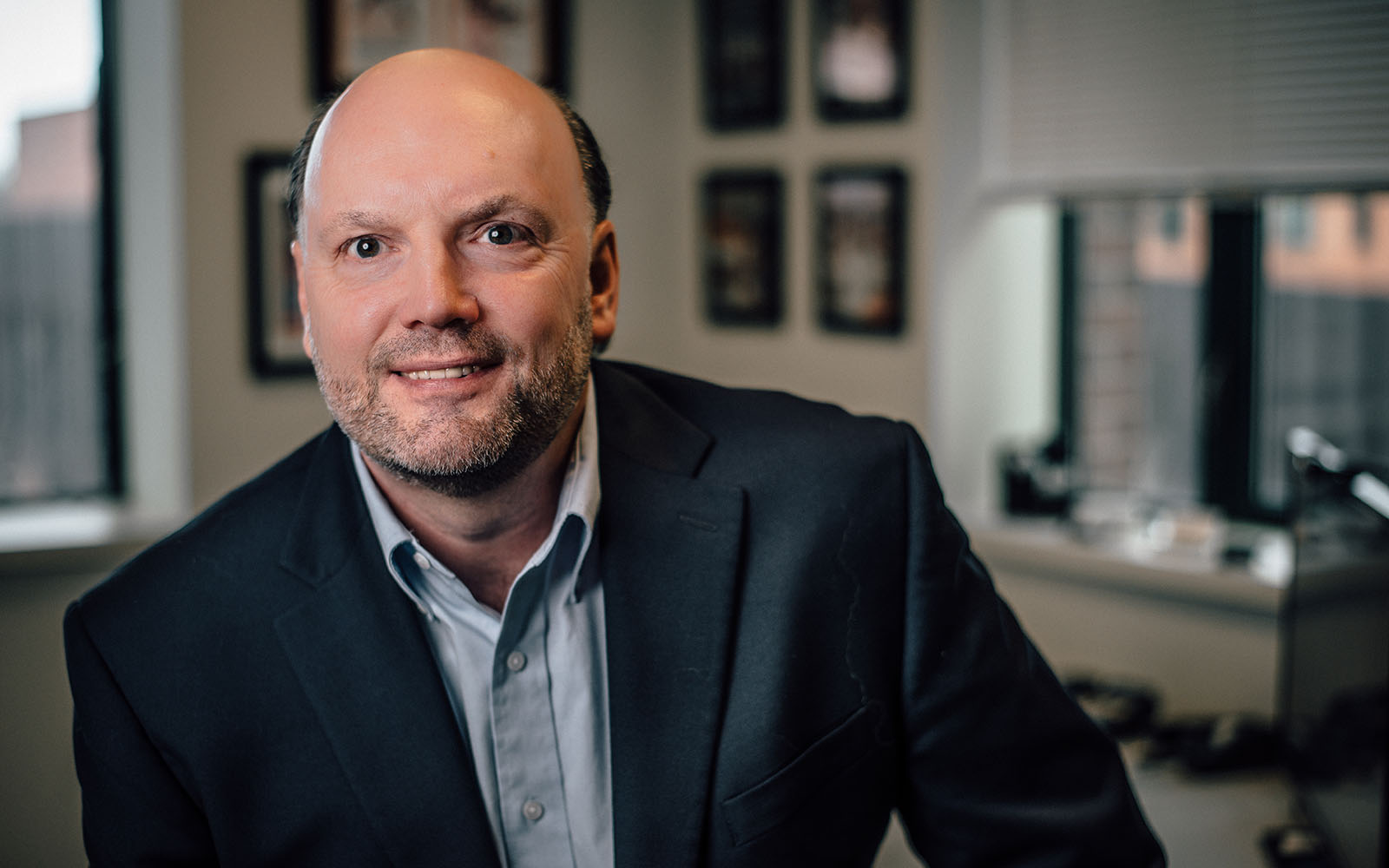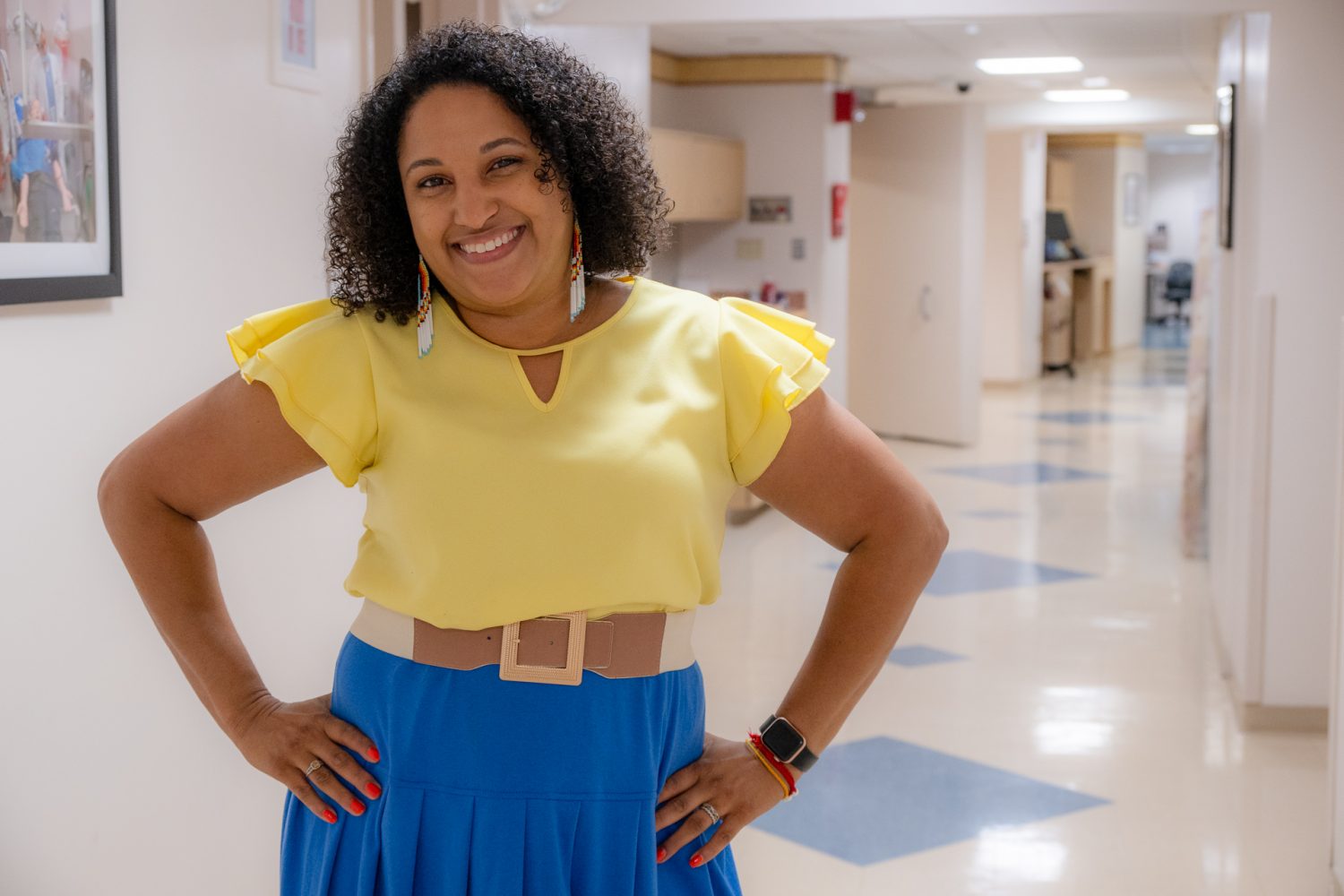The first thing Matthew López-Jensen ’08 MFA needs is a pair of shoes. Not just any shoes, but shoes for climbing fences, tromping in and around marshes, and walking 20 miles. He laces up his latest pair of New Balance sneakers, grabs his camera, notebook, and a backpack and sets out.
That is how, at the beginning of the pandemic, you’d find López-Jensen. He had been asked by Mary Miss, the director of City as Living Laboratory — a nonprofit that works with artists, scientists, and residents of urban communities to find solutions to environmental issues — to create a virtual walk along Tibbetts Brook. So he followed the brook from the Bronx to Yonkers, mapping out a path that could serve as an online respite for people stuck indoors.
“I ended up in a field of marsh marigolds, and it’s swampy, and there are no planes overhead because it’s in the middle of Covid, so it’s super quiet,” he says. “A great blue heron emerges out of the grass up ahead, and it flies off, and I’m sitting there by this little muddy trickle of a stream in the middle of what feels like nowhere, but it’s the middle of New York City. I have versions of that experience in almost every landscape. It’s quiet. I’m alone, and nature’s being nature, and it’s wonderful.”
A Guggenheim Fellow, López-Jensen is an “interdisciplinary lens-based artist” whose pieces are part of the collections of the Metropolitan Museum of Art, the National Gallery of Art, the Brooklyn Museum of Art, the New York Public Library, and the Center for Fine Art Photography. His projects have received National Endowment of the Arts funding.
He takes photographs and gathers into artful bundles the flora he finds along Brooklyn’s Flatbush Avenue or the banks of a winding river — common mullein, ragweed, couch grass, sycamore, or seaweed, entwined with treasures he’s discovered. One such treasure, a porcelain cane topper in the form of dice from the 1920s is “sort of symbolic for walking and chance,” he says. “I’m trying to build a subtle portrait of a place with objects and plants.”



